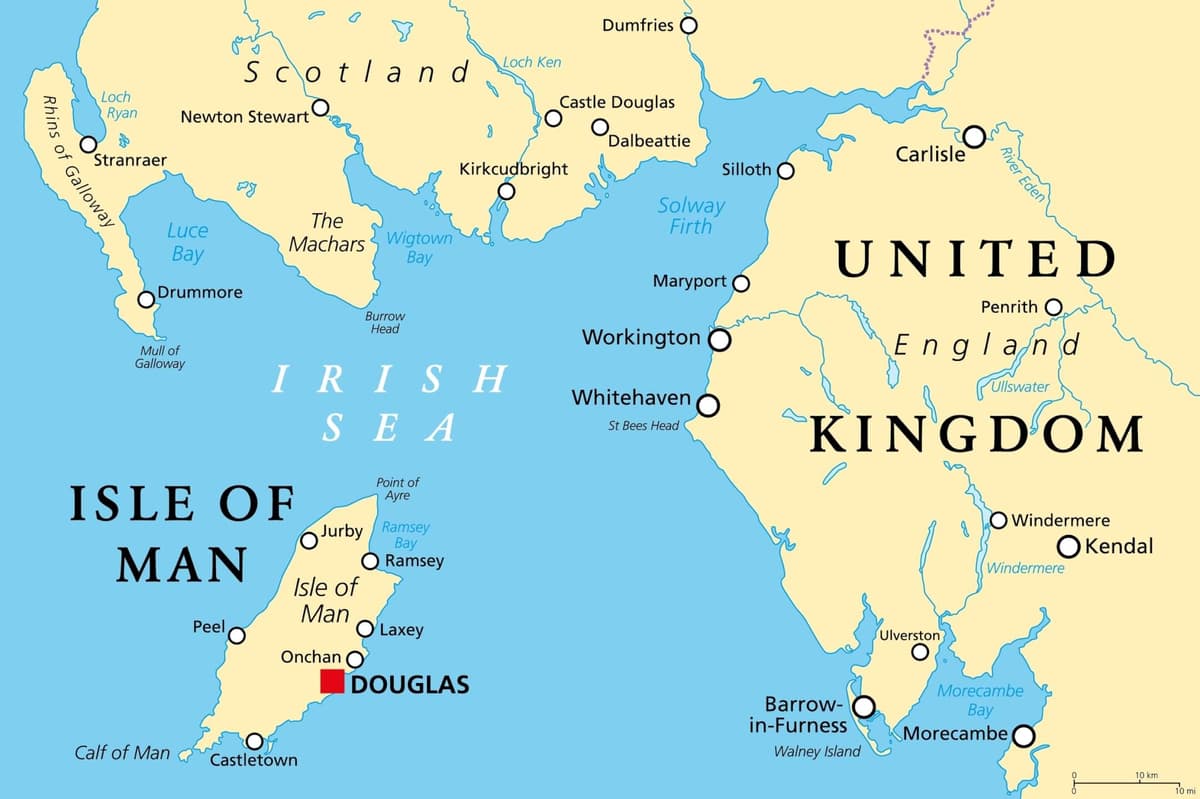A proposed storage development in the Irish Sea has the potential to double the UK’s limited natural gas storage capacity, while also being designed to accommodate future low-carbon molecules such as hydrogen and carbon dioxide.
The project is being advanced by Dublin-based dCarbonX, which earlier this year secured a licence from the North Sea Transition Authority to redevelop the depleted Bains gas field.
If developed, the site could provide several days of backup supply for the UK, which has historically relied heavily on imported liquefied natural gas (LNG) cargoes and pipeline flows to balance seasonal demand.
Gas storage has become a renewed priority since the closure of the Rough gas storage facility in 2017 and the market volatility triggered by Russia’s invasion of Ukraine. At present, the UK’s storage capacity covers less than 2% of annual demand, compared with Germany and France where reserves are closer to 20%.
Advocates argue that new facilities would reduce exposure to global LNG spot prices and enhance energy resilience in peak winter periods.
dCarbonX describes its approach as “agnostic about the molecule.” While Bains would initially be developed for natural gas, the company is also targeting opportunities in green hydrogen storage and carbon capture.
“We’re developing a portfolio that can support both security of supply today and the low-carbon economy of tomorrow,” the company has said.
That includes the Kestrel Project in partnership with Irish utility ESB, which aims to repurpose former reservoirs at Kinsale Head for offshore hydrogen storage. Such projects reflect a wider European trend of investigating depleted gas fields and salt caverns as long-term options for hydrogen and carbon dioxide.
The company’s progress will depend on regulatory approvals and investment but could see the UK build resilience against gas supply shocks while preparing storage for hydrogen and carbon dioxide.
